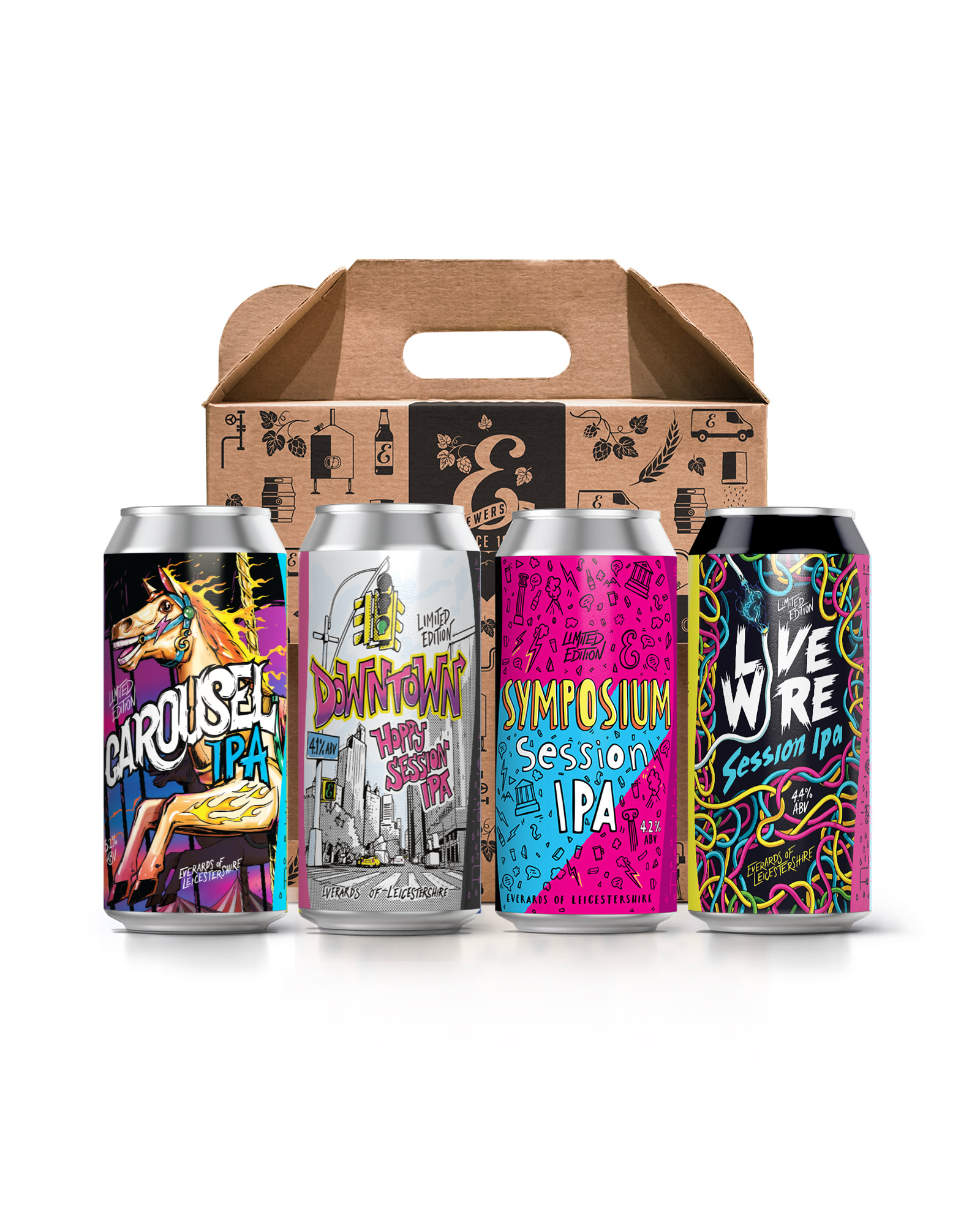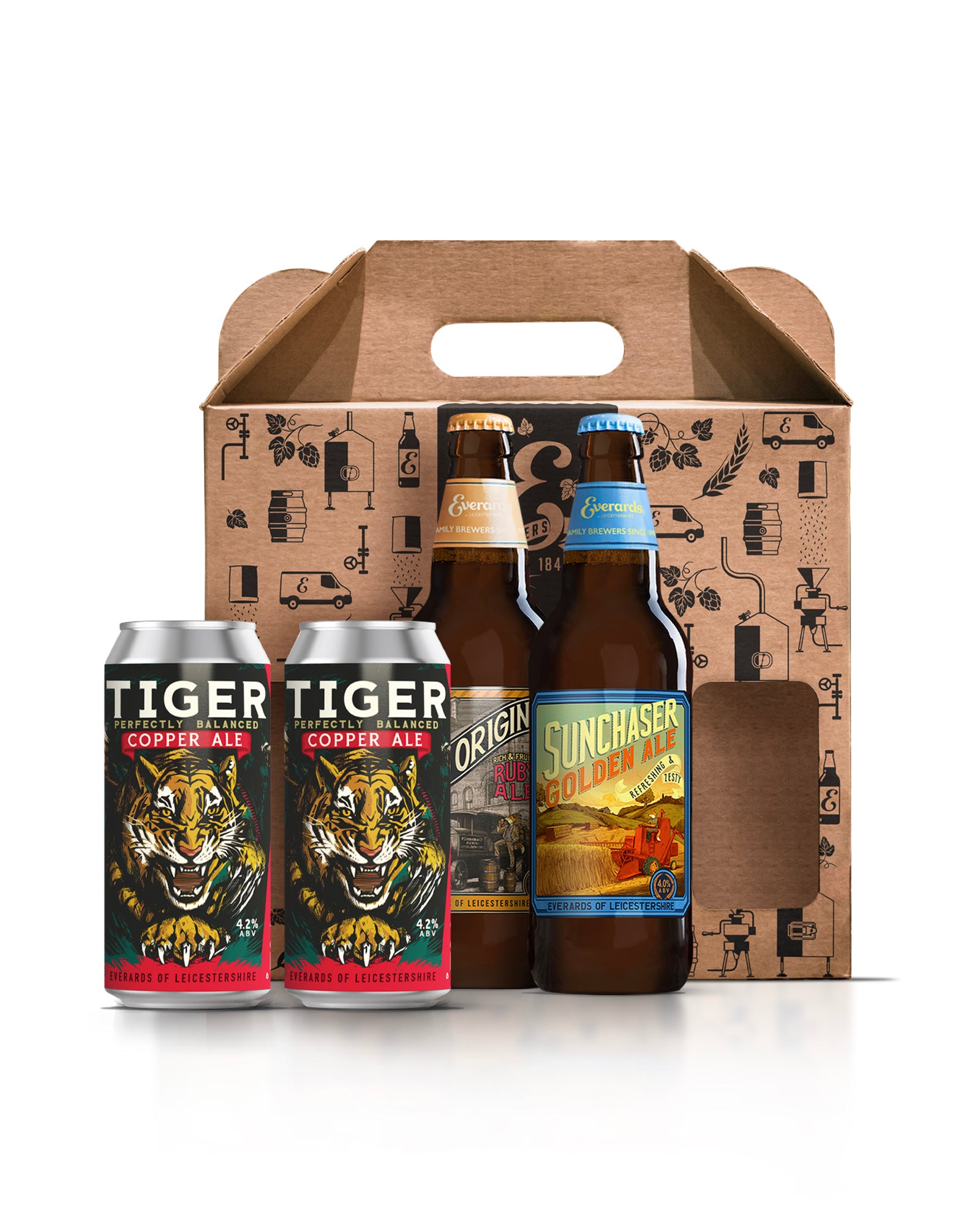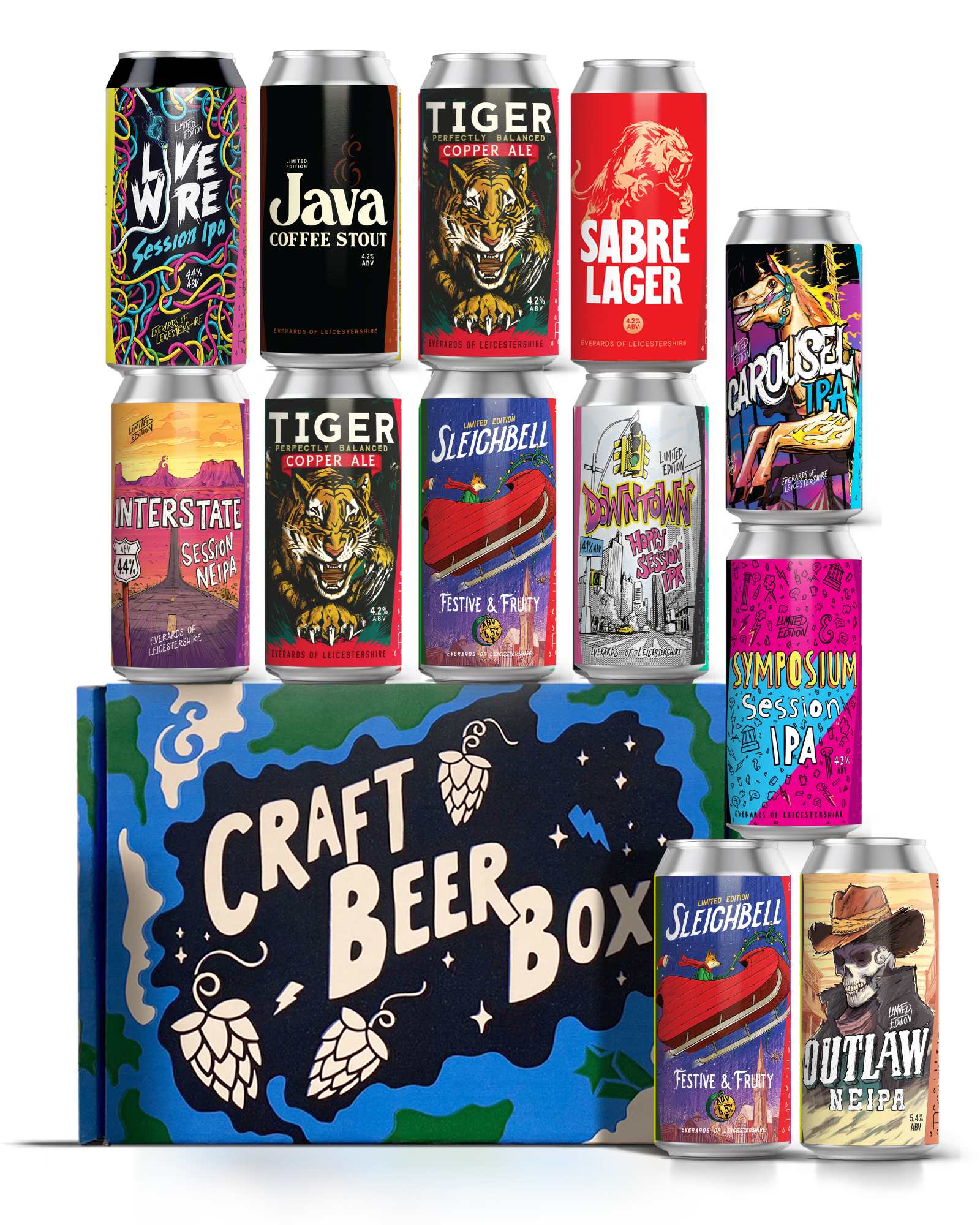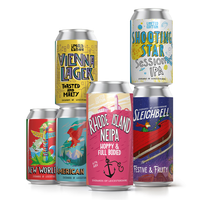Unveiling the Secrets Behind Your Favourite Beverage
We have an amazing state-of-the-art brewery here in Leicestershire where we brew all of the Everards beers that you know and love!
We also have a small batch brewery on site that we use for experimenting with smaller runs of beer where we can have fun with unique styles and flavours of beers and if our customers love them here, then we move them to our main brewery where they are available for all of our business owners to buy and sell in their own pubs.
The process of brewing is the same in our main brewery or the small batch.
We know that beer is loved and enjoyed by people all over the world. Whether at a lively pub or savoured at home, its crisp and refreshing taste is hard to beat. But have you ever wondered how it’s made? In this blog post, we'll unravel the secrets behind the brewing process and explain the steps involved in making beer.
- Malting: It all starts with malted barley, the key ingredient in beer. Barley is soaked in water and allowed to germinate. This breaks down proteins and gummy material in the grain that would make it difficult to brew with. The germinated barley is then dried in a kiln, halting the germination process and forming malt. By adjusting the kilning times and temperatures, the maltster can bring darker and more roasted colour and flavours to the grain. This character ultimately comes through in the beers character.
- Mashing: The malted barley is crushed and mixed with hot water in a process called mashing. This creates a mixture known as the mash (not the monster mash – we know you were singing it!), where enzymes break down the starches in the malt into sugars. The heat activates the enzymes, and their action converts the starches into a mixture of fermentable sugars and non-fermentable sugars, providing the food source for yeast. We want some sweetness to stay in the beer to bring body and a balance to the beer so not all of it turns to alcohol.
- Lautering: After mashing, the now sweet liquid is separated from the solid grains in a process called lautering. The liquid, now known as the wort, is drained off while the spent barley grains, known as draff, are left behind. We give all of our spent grains to a local farmer to feed his cattle, he comes and picks them up once a week on his tractor!
- Boiling and Whirlpooling: The wort is transferred to a brewing kettle and brought to a boil. Boiling helps to drive off aromas that we don’t want in the beer that might be present in the malt – such as vegetal flavours. It also helps to clump together protein and polyphenol material so that this solid material can be separated when the wort is whirlpooled and helps us to make a clear beer. During the boil, hops are added at different stages. Hops contribute bitterness, aroma, and flavour to the beer. Bittering hops are generally added at the start of the boil, while adding aromatic hops at the end helps to preserve their delicate character.
- Cooling: Once the boil is complete, the wort is rapidly cooled to a temperature suitable for yeast fermentation. This is achieved using a heat exchanger, which uses cold water to cool the wort down. The cold water then warms up and we use it in the next brew – helping to save energy.
- Fermentation: The cooled wort is transferred to a fermentation vessel, and yeast is added. Yeast consumes the sugars in the wort and produces alcohol and carbon dioxide as byproducts. This process is known as fermentation. Fermentation can take anywhere from a few days to several weeks depending on the style of beer being brewed.
- Conditioning: After fermentation, the beer undergoes conditioning or maturation. This is a period of rest where the flavours of the beer mellow and develop. It can be a very short time or several weeks. This can take place in the fermentation vessel or transferred to a separate ageing vessel.
- Carbonation and Packaging: Once the beer has been conditioned, it is processed in a way that makes it suitable to package.
- For cask beer, a small amount of sugar can be added to the cask along with the beer and finings. This results in a cask-conditioned beer where the carbonation has occurred naturally through the remaining yeast consuming priming sugar during the time the cask spends in the cellar.
- For kegging, bottling and canning, the beer is often filtered to produce a clear beer and can then be carbonated by injecting carbon dioxide gas. Once carbonated, the beer is packaged into bottles, cans, or kegs for distribution and consumption.
This is just a simplified overview of the brewing process, and there are variations and additional steps that different breweries may use depending on the beer style they are creating. Our brewers love to experiment with ingredients, flavours, and techniques to create unique and innovative beers.
In conclusion, brewing beer is a combination of science, artistry, and tradition. From malting the barley to adding hops, fermenting with yeast, and conditioning the final product, each step plays a crucial role in creating the beer we know and love. So, the next time you raise a glass of your favourite brew, take a moment to appreciate the craftsmanship and time-honoured techniques that went into making that pint of perfection.
Cheers!







